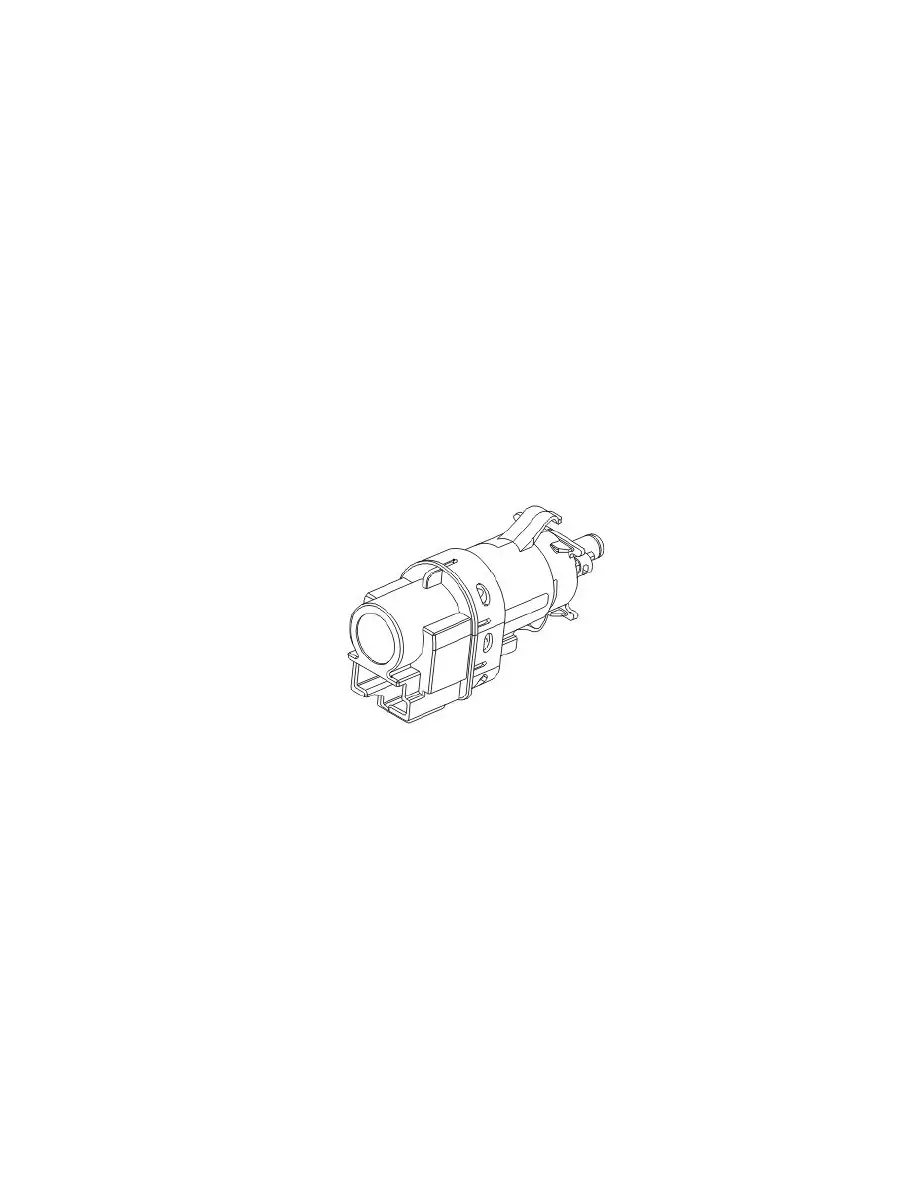S80 AWD V8-4.4L VIN 85 B8444S (2008)

(HO2S). For further information, see: Three-way catalytic converter (TWC) diagnostics See: Powertrain Management/Computers and Control
Systems/Description and Operation/Three-Way Catalytic Converter (TWC) Diagnostics
The heated oxygen sensor (HO2S) uses voltage control. The signal characteristic is binary. With a binary signal characteristic, the amplitude of the
signal curve changes considerably when changing the oxygen content in the exhaust gases. Otherwise its components and function are the same as the
front heated oxygen sensor (HO2S).
There are two rear heated oxygen sensors; one for bank 1 and one for bank 2.
Bank 1 (front cylinder row); cylinders 1, 3, 5 and 7.
Bank 2 (rear cylinder row, closest to the passenger compartment); cylinders 2, 4, 6 and 8.
The heated oxygen sensors (HO2S) can be diagnosed by the engine control module (ECM), and signals from them can be read off
Preheating of the heated oxygen sensors (HO2S)
The heated oxygen sensor (HO2S) only functions above a certain temperature, approximately 300 °C. The normal operating temperature is between
300-900 °C. The heated oxygen sensors (HO2S) are electrically pre-heated so that operating temperature is rapidly reached. They are also pre-heated to
ensure that the heated oxygen sensors (HO2S) maintain a normal operating temperature and to prevent condensation which could damage the heated
oxygen sensor (HO2S).
The heater element in the probe consists of a positive temperature coefficient (PTC) resistor. The system relay supplies the heater element with voltage.
The element is grounded in the engine control module (ECM). When the control module grounds the connection a current flows through the PTC
resistor. When the heated oxygen sensor (HO2S) is cold, the resistance in the PTC resistor is low and a large current will flow through the circuit. The
current from the engine control module (ECM) is pulsed at first to prevent condensation damage to the heated oxygen sensor (HO2S). Depending on the
temperature, allowances are made for factors such as the dew point. As the temperature in the PTC resistor rises, the resistance rises, the current falls and
switches in stages to a constant current. The pre-heating time for front heated oxygen sensor (HO2S) is short, approximately 20 seconds.
The heater element heats the heated oxygen sensors (HO2S) to approximately 350 °C. The probes maintain this as a minimum temperature. The engine
control module (ECM) can diagnose the heater element.
Stop lamp switch
The task of the stop lamp switch is to provide the engine control module (ECM) with information about the position of the brake pedal.
A signal is transmitted to the engine control module (ECM) when the brake pedal is pressed. The engine control module (ECM) disengages the cruise
control (if activated). The position of the brake pedal switch (connected to the brake control module (BCM)) also manages the function for switching off
cruise control. For further information, see Design and Function, brake control module (BCM).
The stop lamp switch is supplied with power from the start control module (SCU) (terminal 30). When the brake pedal is depressed the switch closes and
a high signal (12 V) is transmitted to the engine control module (ECM).
The engine control module (ECM) can diagnose the stop lamp switch. The status (position) of the switch can be read using the diagnostic tool.
The brake light switch is on the pedal box by the brake pedal.
A/C pressure sensor
